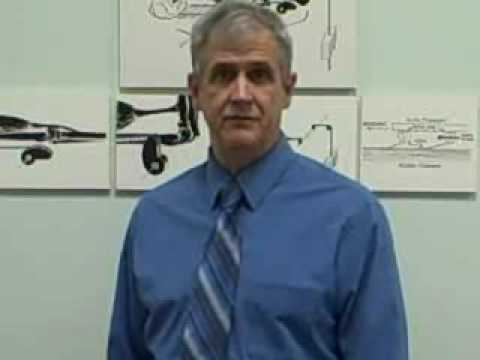Name Ken Hutchins | ||
 | ||
Ken hutchins live
Ken Hutchins (born 20th century) is an American inventor who defined and popularized the Super Slow form of resistance training exercise, and developed methodology, trainer certifications, and exercise equipment to specifically support the techniques.
Contents
- Ken hutchins live
- A message from ken hutchins founder of superslow
- Career and activities
- Contributions
- References

A message from ken hutchins founder of superslow
Career and activities
Hutchins was introduced in 1966 to strength training by a family friend who explained the importance of physical strength to musicianship and built Hutchins his first weight bench. Later, in 1968, this friend introduced Hutchins to Ellington Darden, and through Darden in 1971, Hutchins learned of Arthur Jones and Nautilus, Inc. strength-training principles. Hutchins's serious contributions to the field of exercise, began in 1975 when he served Darden as a proofreader and writer.
In 1977, Hutchins was employed at Nautilus as a surgery technician, writer, surgical photographer, and proofreader. From 1979 to 1982, he served as inside salesperson and traveling speaker, addressing scores of Nautilus clinics yearly.
In 1982, Hutchins and his wife, Brenda, were sent by [Arthur Jones] to Gainesville, Florida, to supervise the exercise program for the Nautilus-sponsored osteoporosis study at the University of Florida Medical School. During this year, Hutchins wrote the SuperSlow Protocol article. He refined its application with over 8,000 one-on-one workouts between 1982 and 1986.
In 1986, Hutchins worked as an exercise equipment designer and prototypist, specializing in the application of coupled movement arms. In 1987, he compiled historical developments of Nautilus equipment and wrote video scripts for detailed Nautilus education.
After leaving Nautilus, Hutchins established his own exercise practice, continuing to develop the Super Slow techniques and eventually publishing several editions of a technical manual for the application of Super Slow exercise.
In the early 1990s, a certification program was developed for exercise professionals to bring standardization to SuperSlow training. Hutchins developed an interest group, calling it the Super Slow Exercise Guild (Inc.), which met to refine techniques and published articles in its newsletter, The Exercise Standard, from 1994 to 2000. Numerous similar methods have been spun off by members of the guild and others as their ideas or business models developed.
The New York Times Magazine included Super Slow and Hutchins in its Year in Ideas: An Encyclopedia of innovations, conceptual leaps, harebrained schemes, cultural tremors & hindsight reconings that made a difference in 2001.
In 2009, Hutchins and his wife joined Renaissance Exercise, continuing to produce evolutionary designs for exercise equipment. Expanded exercise technique and protocol descriptions were published in 2011.
Contributions
Hutchins's major accomplishments during the Nautilus Osteoporosis Project were:
In the early 1990s, Hutchins and his wife developed and patented the Linear Spine(R) Machines for his company, SuperSlow (R) Systems, Inc. This equipment was designed to provide crucial exercise for severely debilitated back and abdominal musculatures.
